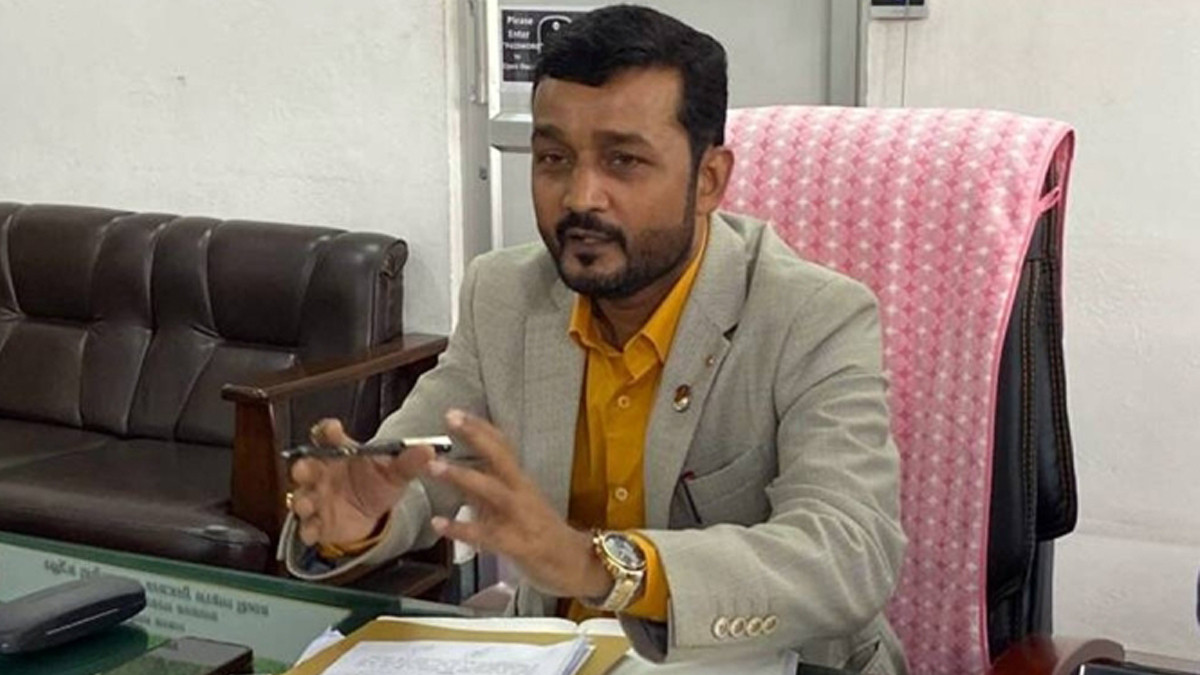
Chitwan: Nine cases of Japanese encephalitis (JE) have been confirmed in Chitwan, the district in Bagmati Province. Laboratory tests on nine samples out of 22 suspected cases came positive.
According to the District Health Office Chitwan, the cases are from Bharatpur metropolis-12 (four), Madi municipality (two), Rapti municipality (one), Kalika municipality (one), and the Ratnanagar municipality (one).
Chitwan reports the outbreak of the infection since July 30 and till September 3, the number of JE cases rose to nine. The suspected samples were sent to the Teku-based National Public Health Laboratory in Kathmandu for confirmation.
According to the World Health Organisation (WHO), Japanese Encephalitis Virus (JEV) is a flavivirus related to dengue, yellow fever, and West Nile viruses, and is spread by mosquitoes.
As Office Chief Durga Dutta Chapagain reports, of the infected, two cases with severe symptoms are under the Intensive Care Unit treatment at Bharatpur. Likewise, one aged citizen in Madi has partially lost consciousness and the Office is collecting the details of other infected.
So far no fatality from the disease has been reported in the district.
As the WHO suggests the situation of the infection in the district is epidemic as when one case of JE is detected, there may be hidden cases of 300. The infection is mostly asymptomatic and has mild short-lived symptoms, the WHO says.
Based on the WHO assessment, it can be said the district is gripped by the JE epidemic and this is probably the first time the district is tacking with the situation to this level.
Among the infected, four are male and five are females aged 29-75.
The nationwide tally of positive cases of the infection is 45 and the Bagmati Province has 18, including nine in the Chitwan district.
In 2018, 2020, and 2021, the district reported one case each year and the figure was nil in 2019.
The WHO says the virus is transmitted to humans through the bite of infected Culex mosquitoes, which lay their eggs in irrigated rice paddies and other pools of stagnant water. Pigs and birds serve as amplifying vertebrate hosts.
The first case of JE was detected in Nepal in Rupandehi in 1978 and the year 2004 observed a nationwide campaign against it.
In 2006, 2011, and 2016, Nepal observed a national campaign for the containment of the infection, and vaccination against JE has been incorporated into the national immunization schedule since 2009. It is given when a child completes 12 months.
The fatality rate can be as high as 30 percent while permanent neurologic or psychiatric sequelae can occur in 30%–50% of those with encephalitis, the WHO states.
The infection is primarily seen from April/May to September/October.
Bharatpur Hospital’s physician Dr. Govinda Kunwar said pigs and ducks are primary carriers of the virus and it is transmitted to mosquitos when they bite the infected animals, then it is passed to humans when the same mosquito bites humans. It is not transmitted from human to human.
The rural areas in the district seem vulnerable to infection. Its symptoms are high fever, headache, vomiting, unconscious, and body tremor.
Office information officer Ram KC advises on proper management of areas where pigs and ducks are reared and seek a prompt medical intervention in the suspected case.
Staying away from the mosquito bite is the best way to prevent the infection and for this, the control of the mosquito population was needed. Likewise, it is preventable through vaccination, proper management, and handling of animal farming.









